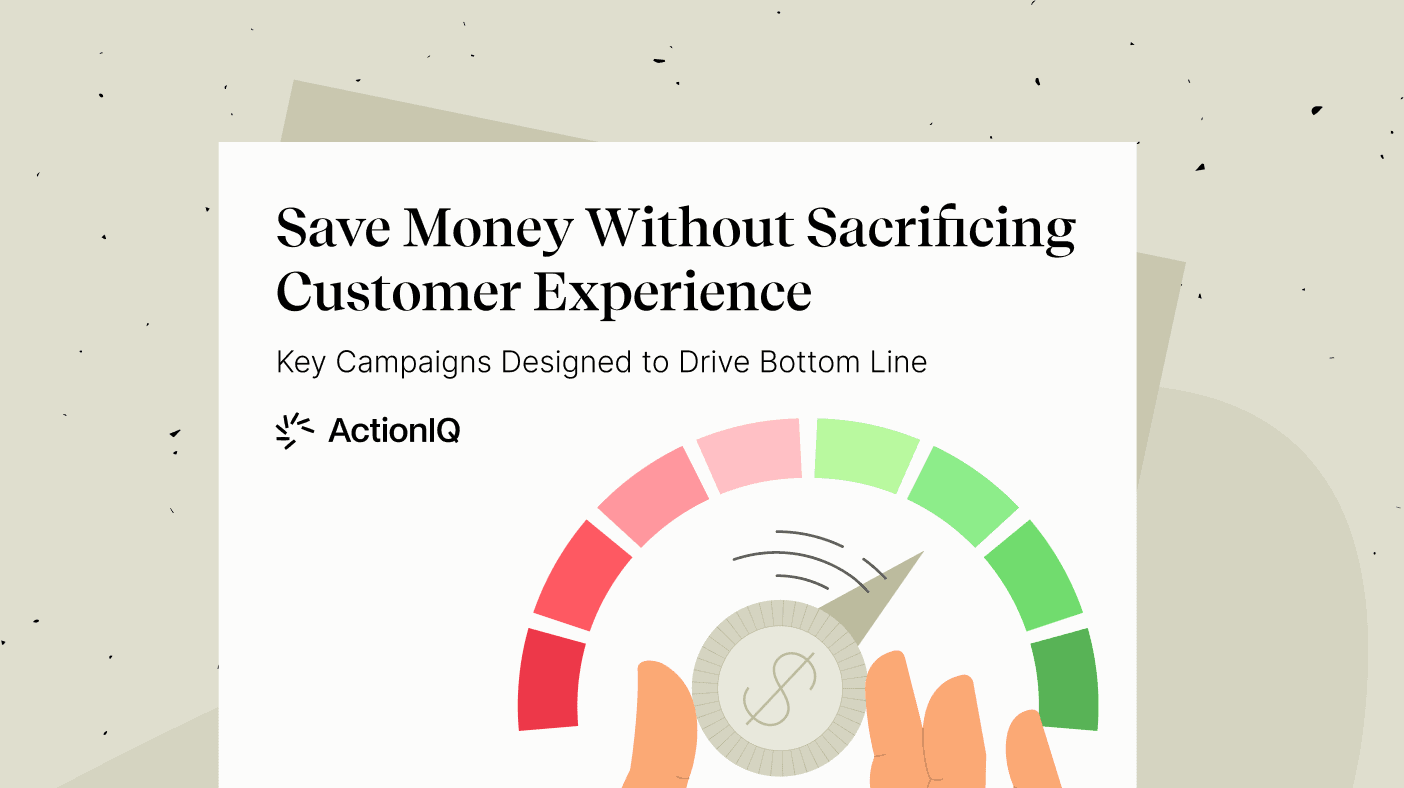Unlock Real-Time Personalization: Top 5 Criteria to Evaluate a Profile API

Consumers now live in moments. As they move along the brand journey, it’s crucial for marketers to capture and respond to those moments whenever and wherever they occur. This requires real-time personalization.
Inbound channels have proven to be the most effective channels marketers use to interact with customers, costing $14 less than traditional marketing for each newly acquired customer. And since the majority of digital businesses are already investing in personalization and 94% of companies experience a rise in conversion rates after personalizing their websites, it’s smart to explore real-time personalization from inbound channels to attract customers, build trust and foster long-term loyalty and retention.
IT teams are pivotal to enabling their organizations’ personalization goals. IT helps identify the capabilities that will be required to meet business objectives and make critical decisions on which solution to choose. To make these decisions, IT will need to prioritize the two components required to make personalized, in-the-moment decisions: speed and intelligence.
Whether the goal is to show a relevant offer on the same page a user is browsing on your website or provide an immediate resolution as a call center representative receives a request from a customer, every millisecond counts.
While speed matters, it’s only when a message is relevant that it generates a positive business impact. Achieving continuous customer intelligence requires access to a comprehensive 360-degree view (AKA a customer 360) — both historical and contextual data are essential for making sound decisions in real time.
Profile API: The Key to Real-Time Personalization
Profile APIs are growing in popularity as organizations seek to address the underlying challenge of gaining access to customer data in real time to enable personalization.
So, what is a Profile API? In a nutshell, it’s a single API that retrieves data on a user profile. IT teams can create it in-house or choose an external vendor.
Profile APIs’ functionalities vary: some allow you to manipulate user profiles, update these profiles or simply return profile information, along with their metadata.
While enabling real-time personalization is a core objective, not all Profile APIs are created equal. To truly meet the business needs, IT should thoroughly evaluate Profile API capabilities.
Five Areas to Consider When Choosing a Profile API
When choosing a Profile API, IT teams can start by evaluating these five key areas:
Response Time
To enable the speed required for real-time personalization, a Profile API should consistently return the response message in milliseconds, with under 200 milliseconds being a critical threshold often identified for web personalization.
Data Intelligence
To fuel personalization with complete and continuous intelligence, a Profile API should provide rich customer data that includes the following elements:
- Identity: resolve customer identities with any piece of profile information, such as a cookie ID, customer ID or email address
- Profile attributes: retrieve all and updated information related to that individual
- Audience membership: access the list of business-user-defined audience segments into which the individual falls
Scale
To deliver personalization at scale, organizations should assess a Profile API by looking at peak the number of requests per second it can process — and if it can consistently and successfully deliver those responses under heavy loads. For example, a Profile API’s scalability is held to a higher standard to achieve retailers’ personalization goals during holiday periods.
Security
Since a personalization engine — usually an external system — is calling the Profile API for user profile information, it’s crucial to have a robust authentication process built-in to enable secure access to sensitive data. This feature ensures that only permissioned systems can access sensitive data, supporting IT teams’ adherence to requirements for customer data security and governance.
Uptime
For Profile API solutions provided by a third-party SaaS vendor, standard service-level agreements (SLAs) and uptime should be in place to ensure the Profile API is stable and meets the organization’s needs. In addition, having the full support from the vendor’s development team is essential for reacting quickly to unexpected situations.
Enable Business Growth with a Best-Fit Profile API
By evaluating Profile APIs based on the five criteria shared above, IT professionals can make sure the solution they choose delivers on the capabilities required to execute timely, relevant and personalized experiences across inbound channels. With both needs met, IT teams are on track to create a wealth of additional opportunities for the organization.
Profile API Available With ActionIQ Real-Time CX
ActionIQ provides a state-of-art Profile API as part of its Real-Time CX module, which meets enterprise organizations’ demand for real-time personalization.
Check out the ActionIQ Real-Time CX Solution Brief or contact us to learn how ActionIQ CX Hub’s Real-Time CX solution can fuel fast, intelligent and personalized customer experiences and achieve your real-time CX goals.





